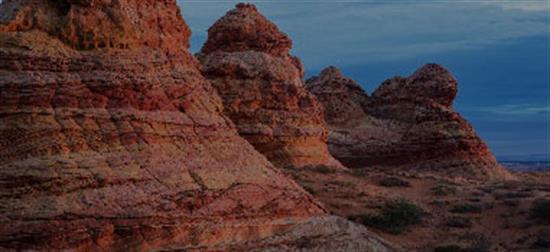Press Release
Witnesses Stress BLM’s Limitations in Managing Wild Horse and Burro Population
WASHINGTON, D.C.,
June 22, 2016
|
Committee Press Office
(202-225-2761)
Tags:
Federal Lands
Today, the Subcommittee on Federal Lands held an oversight hearing on challenges and potential solutions for the Bureau of Land Management’s (BLM) management of wild horses & burros on federal land. BLM faces a costly challenge in managing the exploding population of wild horses and burros in the West. More than 45,000 wild horses live in BLM holding facilities costing taxpayers more than $49 million per year, which is roughly two thirds of BLM’s total program budget. BLM projects the cost of caring for one horse in a corral facility is nearly $50,000 over the life of each animal, adding up to more than $1 billion based on the current number of animals in holding. The growing population problem also poses severe threats to rangeland health, wildlife habitat, livestock ranching, agricultural development, and the wild horses and burros themselves. “The very animals and resources that the BLM is charged with management of are being negatively impacted and in some cases, irreversible damage to our western rangelands is resulting from mismanagement,” Dr. JJ Goicoechea, DVM, State Veterinarian and Deputy Administrator of State of Nevada Department of Agriculture, said. “How much longer can we turn a blind eye to the real issue? It is time to push the reset button and build a program, for the good of everyone and everything involved.” BLM’s Deputy Director for Operations, Steve Ellis said BLM is taking steps toward longer-term solutions, like increasing horses and burro adoption and requesting legislative authority to allow the transfer of horses to other federal, state, and local agencies. However, he stressed their options are very limited. BLM’s hands are tied by appropriations language and the risk of litigation by animal rights groups. “BLM is also plagued with lawsuits by animal rights organizations that seem to criticize virtually every action BLM takes, yet come up with no reasonable solutions themselves. While I rarely defend the BLM, the agency is severely limited in the actions it can take,” Subcommittee Chairman Tom McClintock (R-CA) said. “We’ve got to be creative in this in some particular way,” Committee Chairman Rob Bishop (R-UT) said. “If you were to […] take the horses off the land and put them in holding facilities, that’s not a great life for the horses. If you leave them on the range, […] we’re destroying wildlife habitat—that’s not a great option either. […] There’s got to be some other option.” Witness Callie Hendrickson, Executive Director of White River & Douglas Creek Conservation Districts and Chairwoman of the American Farm Bureau Federation (AFBF) Federal Lands Issue Advisory Committee, called for common-sense and ecologically-sound management solutions. “This overabundance is critically damaging the ecology of western rangelands with severe, long-term consequences for the native plant and animal life that call it home. [We] recommend and support the use of common-sense, ecologically-sound rangeland management practices to ensure healthy wildlife and rangelands for future generations,” Hendrickson stated. “It is clear that the BLM lacks the authority and wherewithal to make the necessary management decisions needed to address the current crisis facing western rangelands and effective management of the Wild Horse and Burro Program.” Click here to read full witness testimony. |
Newsletter Sign Up
Sign up to receive news, updates and insights directly to your inbox.

